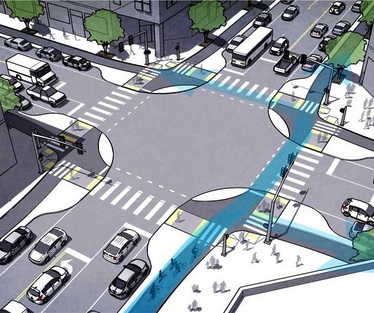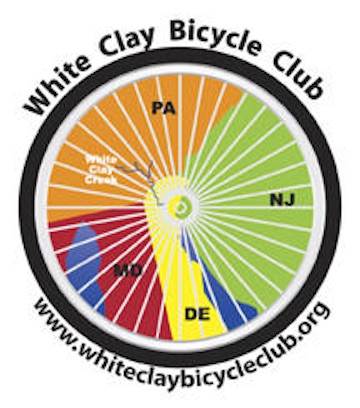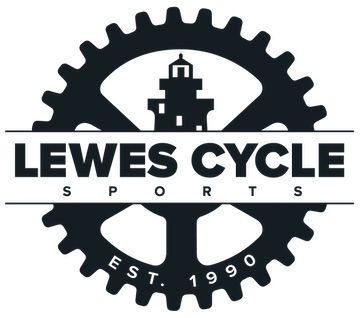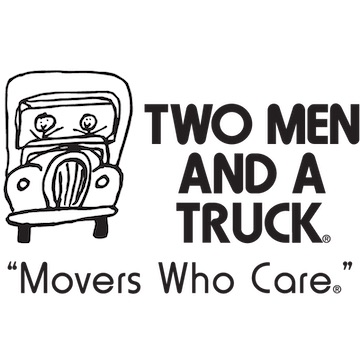Protected Intersections for Bicyclists

For both cyclists and engineers, we highly recommend this short (6 minute) video about how to protect cyclists at intersections:
RELATED:
• Video on how the Dutch engineer bike lanes at intersections has over 100,000 views on YouTube
• Cycle tracks can be built easily and quickly









5 Responses
Few could argue the merits of this. However, if you include the parallel parking, buffer, and sidepath, it totals nearly 8 vehicle lanes of space to construct. ROW constraints – often involving private property – already impede efforts to widen existing roads for cars, never mind adding bike paths and sidewalks. That said, this Utopian design stands little, if any chance of ever happening here.
This is a good design where there is space in urban areas, especially at major intersections. Walnut Street in Wilmington comes to mind. It might also be feasible in a few suburban locations. Because it’s an expensive solution, it will be a long time before it can be used often. As Frank mentions, there are ROW constraints in addition to the cost of construction, which varies depending on a number of factors including ROW and road design. Without sufficient mode share, it could be a hard sell. That said, there are some roads and intersections (aka Walnut Street) where it might be worth a go, but only in conjunction with creating networks. Networks need to include not only protected lanes and trails, but also on road facilities, including sharrows on roads where there isn’t the width or where ROW is expensive or impossible and there is a lower speed limit, bike lanes on many other roads, and bicycle specific signal phasing where appropriate (Pomeroy, Cleveland and Chapel/Papermill comes to mind). We have to be realistic and grounded, use the resources that we have at the current time as well as expanding our toolbox. That is how we will both grow ridership and meet the needs of the cyclists who are currently on the road. No one should be thrown under the bus in order to address the needs of a future hypothetical population, especially when we can’t really know those needs and can only predict. DelDOT does not exclusively play social engineer with motorists. To do so with cyclists is simply unethical. We are not interchangeable cogs in a wheel.
There are also some issues with the design of these lanes. First, signal phasing must be protected. The positioning of the cyclist forward and a bit to the right is great, but so far to the right does not do any favors. Anyone who has spent much time as a pedestrian using crosswalks will know just how often a motorist sees you when you are already around the turn trying to cross straight. Dangerous even with a short turn radius that limits speed. Right of way doesn’t cross many if not most motorists’ minds. When crossing as a pedestrian, it is possible to jump back, but as a cyclist, not so much. Cyclists who are riding like pedestrians: Crashes R Us. In addition to protected, it is definitely best if it is simultaneous phase. Otherwise, having to wait through two phases of lights may very well be unacceptably slow for cyclists who are making left turns. Like motorists, they may be under time constraints. We have to ensure that cyclists are not always lumped with pedestrians, constantly impeded. While many trips are less than 2 miles, most people in DE do not live within two miles of work. We have to ensure that people are not forced into cars when they want to transport themselves more than two or three miles. Thus the need for locker room facilities at work places as well as secure parking.
All of this brings us to the elephant in the corner. Motorists need to understand the laws and our laws need to be enforcement. Even with a protected phase, if motorists think they can turn right on red and refuse to consider otherwise (where enforcement comes in), cyclists and pedestrians won’t be safe even with the fanciest of facilities. This is why the DBC created a driver’s education curriculum that has now been accepted in the schools across the state. The police academy cadets received training in cyclists’ needs and bicycle related laws just this past Tuesday. And the DBC is now in the process of ensuring that bicycling awareness is included in defensive driving classes. We have to keep pushing the education and enforcement angle.
We need to get past an either or approach, and utilize everything that we have. DE has very little remaining open space and is not awash in funds. We need to keep that in mind. Pave over
where absolutely necessary, upgrade where feasible, use what you already have as often as possible.
Having given this further thought, one intersection that might have enough ROW is Elkton Road at Chistina Pkwy/Suburban Plaza. Elkton Road Phase 2 reconstruction – from Casho Mill to the Maryland State line – was postponed in the TIP until next year or 2016 and includes this intersection. But when it happens, it will have a sidepath and bike lanes on both sides. A mega-complex of student housing is also being built on the NW corner of the intersection, near the Home Depot. There is also an abandoned bike path – buffered most of the way – running from the SW corner, running all the way to Rt.4. With the existing level of high bicycle traffic on Phase 1, including S. Main Street and a Hall Trail connection, it’s almost the perfect storm to push this kind of thing. But I still wouldn’t expect an easy sell to DelDOT. It’s a very high volume intersection, much like Cleveland Avenue/Chapel/Paper Mill. Cars and VMT will continue to take precedence in this country for a very long time to come. But wouldn’t it be nice.
Yes, it would. I agree that Elkton at Christina Parkway is one of the suburban intersections where this could work. And I can think of a dozen other places where it could be useful, in addition to this one or Walnut Street in Wilmington. Again, though, the degree of offset should be very carefully considered, especially at suburban intersections where motorists are less likely to expect cyclists and pedestrians. Some facilities that could be wonderful in an urban environment could be a disaster in a more suburban or rural environment unless they are tweaked. We don’t have all that much urban in DE so we need to think how to incorporate new ideas into our sprawl. Much as we’d like there to be less sprawl and we can work against an increase in it, the sprawl that is already here is here to stay. We need to work with it. And we need to continue a real effort on the education and enforcement so that everyone really does know how to share the road and work within the confines of new infrastructure. Even though it seems self-explanatory to us, there is always a certain percentage who find it a problem.
[…] But large improvement projects don’t always start at the state level. Bike Delaware is a non-profit organization that sponsors a number of proposals to improve the safety and quality of non-motor vehicle transportation in the First State. Check out their proposal for Protected Intersections for Bicyclists. […]